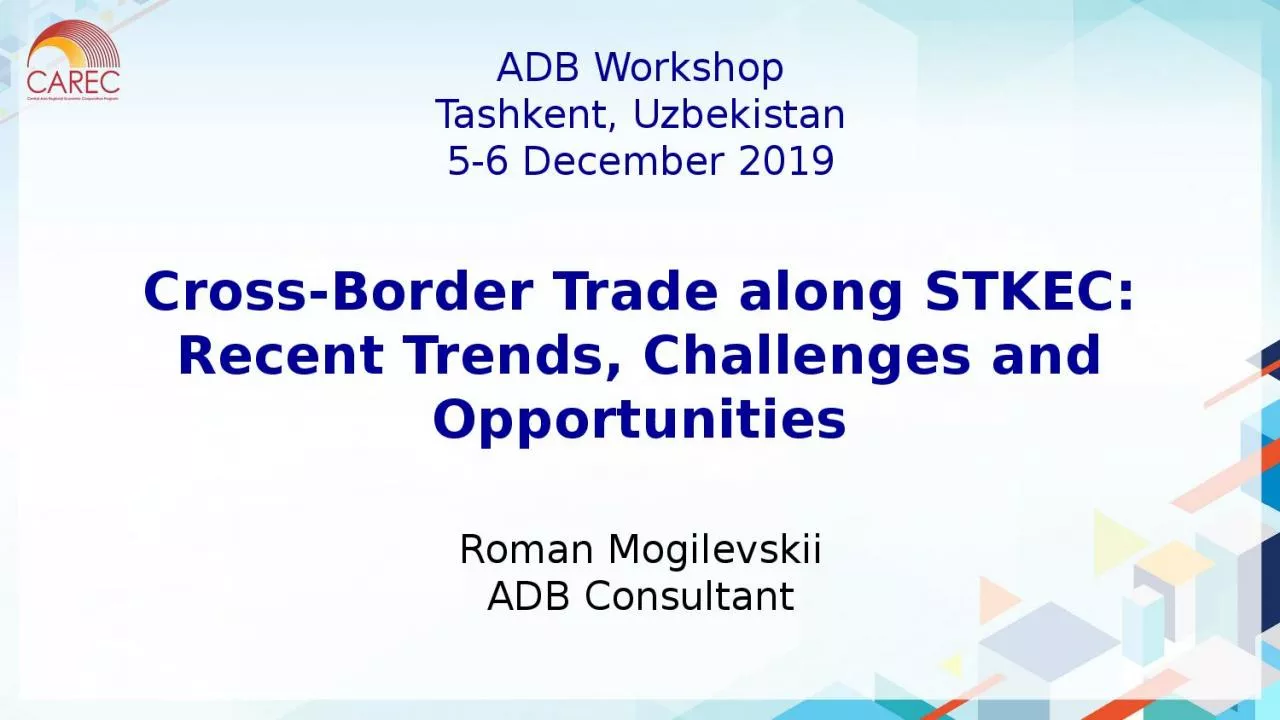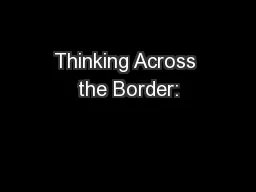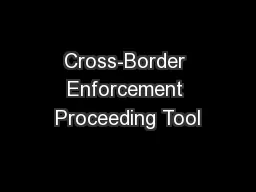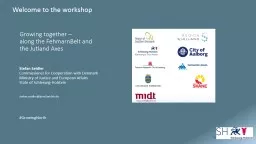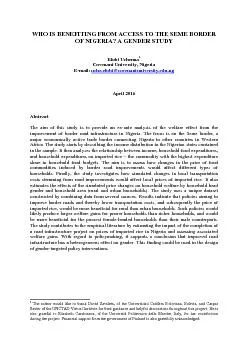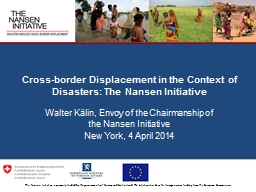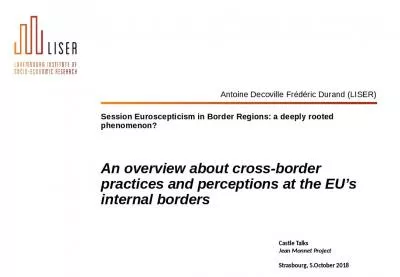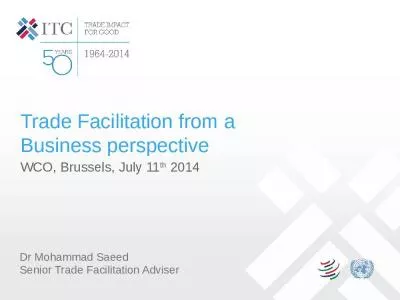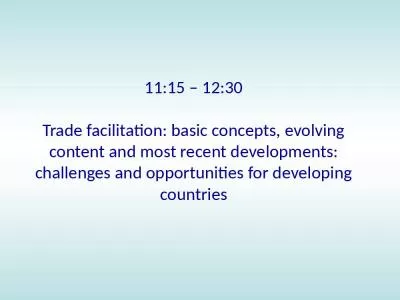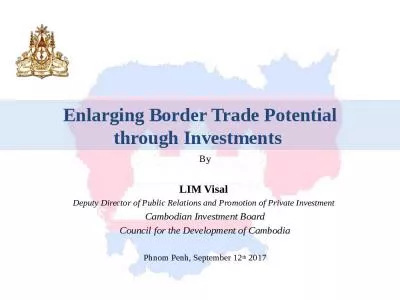PPT-Cross-Border Trade along STKEC: Recent Trends, Challenges and Opportunities
Author : molly | Published Date : 2023-10-31
Roman Mogilevskii ADB Consultant ADB Workshop Tashkent Uzbekistan 56 December 2019 Outline Current situation and trends in trade of Kazakhstan Tajikistan and Uzbekistan
Presentation Embed Code
Download Presentation
Download Presentation The PPT/PDF document "Cross-Border Trade along STKEC: Recent T..." is the property of its rightful owner. Permission is granted to download and print the materials on this website for personal, non-commercial use only, and to display it on your personal computer provided you do not modify the materials and that you retain all copyright notices contained in the materials. By downloading content from our website, you accept the terms of this agreement.
Cross-Border Trade along STKEC: Recent Trends, Challenges and Opportunities: Transcript
Download Rules Of Document
"Cross-Border Trade along STKEC: Recent Trends, Challenges and Opportunities"The content belongs to its owner. You may download and print it for personal use, without modification, and keep all copyright notices. By downloading, you agree to these terms.
Related Documents

